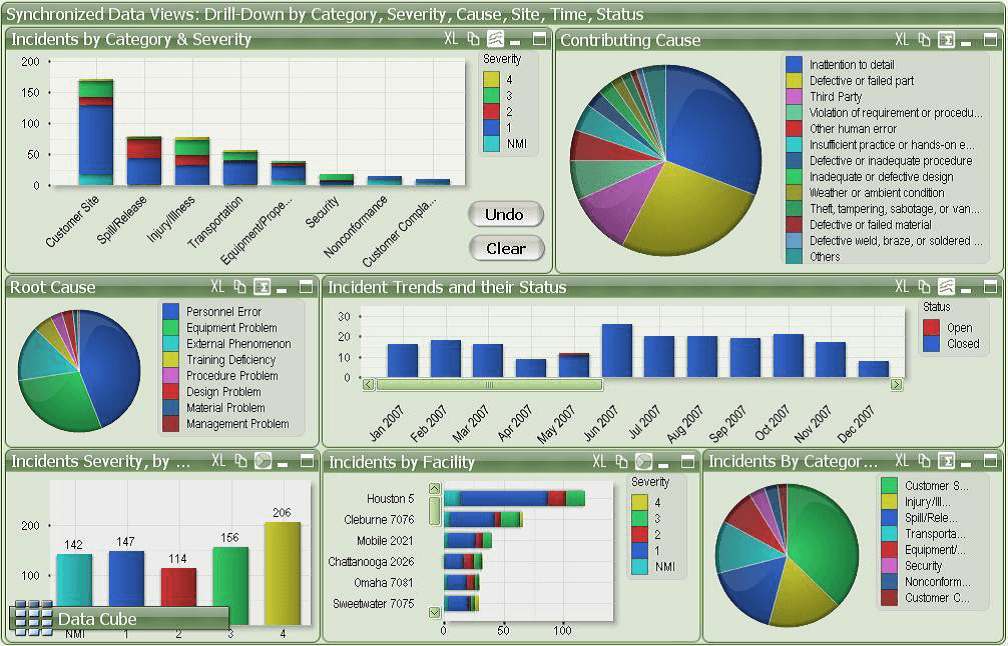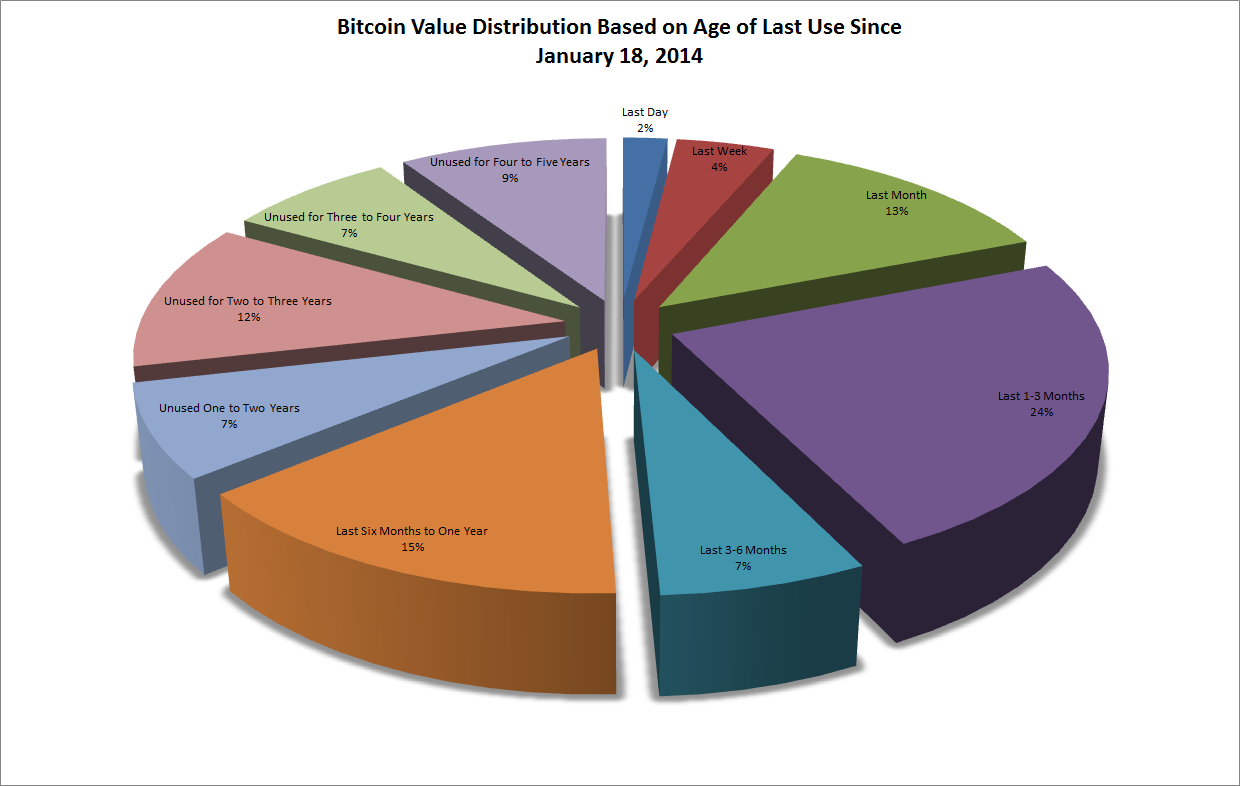We all have read about the “greenhouse effect” in our science class. That’s something damaging our planet.. right ? The dashboard below has a similar effect on our eyes. Jokes apart, lets critique what’s wrong in the below dashboard and how can we improve it.

What’s wrong:
Too much usage of colors: Too much colors are used in this dashboard, which is highly distracting and hides the information from the metrics.
Green and Red- not a good combination: This combination of colors works well when we want to convey the message of accept/reject. In this context the color combination doesn’t fits. Besides that, this color combination is not appropriate for the audience who are color blind.
Too much data in a tight space – This dashboard doesn’t have enough room to breathe. Due to this data overload, it is difficult to identify the most important data or trends and deviates the attention of user.
Bad Design Structure: A good dashboard is build using a hierarchical and structured template, but this dashboard lacks clear visualizations and appears to be blocks of green.
Wrong choice of chart: This dashboard basically provides the health status of the system. However, it doesn’t encompasses all aspect of a health monitoring system like how the health changes over time. The choice of charts are too simplistic and therefore doesn’t provide inherent insights.
Fonts are difficult to read – The font size is too small and the labels are not clear enough to read. The metrics are small as well, and if this dashboard is displayed on a screen it will be really difficult to read.
What can be done to improve this ?
Reduce amount of color. Meticulous use of color makes the dashboard more appealing. Instead of big blocks of green/red, we can use up/down icons which would clearly convey the same message of being on/off target. This also gives us more space in the dashboard and is better for color blindness.
Create blank space: We can create some white space between widgets. This helps user to easily read and understand the information conveyed.
Prioritize the information: More is not always better. It is important to identify the right KPI for the business. Limited, but important information should be displayed that will make the dashboard more efficient and less crowded.
Using relevant charts: Any monitoring dashboard should not only have the current status of the health, but also helps users to get the trend or comparative status too. So identifying relevant data and presenting them in a trend line or a bar chart can produce more important insights for the end users.
Consistent and larger font size: This improves the readability and makes the labels and metrics clearly visible when displayed on a TV or a big screen.
Conclusion
While creating a dashboard, the primary focus should be on displaying the right data and getting those metrics to the right people. The above dashboard tries too hard by using flashy color, adding complexity, confusing visualizations, and failing in the main purpose of effectively communicating the crux of the information to its end user. Following dashboard principle of simplicity we can not only make an efficient dashboard, but also help end users to make efficient decisions.



